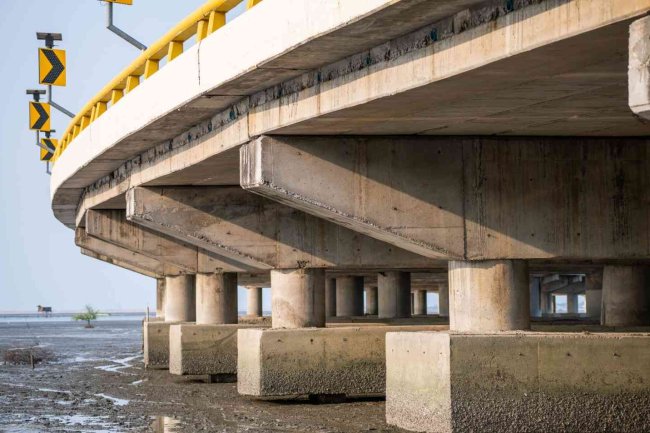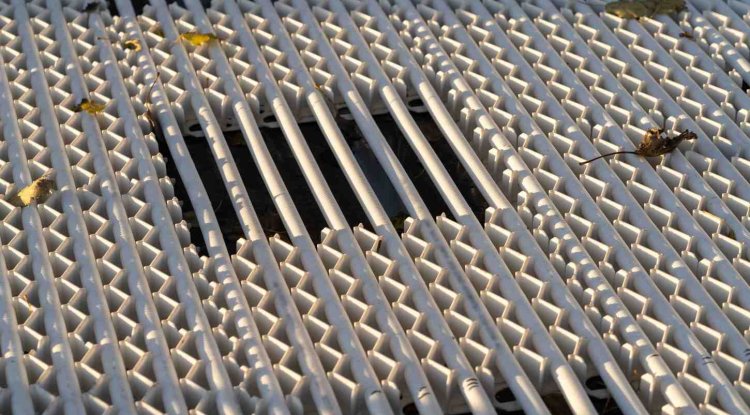Digital Twins in Structural Engineering
A Practical Approach for Structural Design and Detailing: Transform your structural design workflow with real-time virtual replicas that evolve throughout the building lifecycle.

What Are Digital Twins in Structural Engineering?
Digital twins are virtual replicas of physical structures that simulate real-world behavior and continuously update with new data. For structural engineers, they represent a fundamental shift in how we design, analyze, and maintain building structures. By bridging the gap between digital models and physical assets, digital twins enable real-time monitoring, predictive maintenance, and performance optimization throughout the lifecycle of a structure.
| Beyond Static Models Digital twins evolve throughout the structural lifecycle, from initial design through construction and operation. |
Data-Enriched They combine geometric information with material properties, load analyses, and detailed connection designs, creating a dynamic and comprehensive model that supports smarter decisions at every stage. |
The Structural Digital Twin Ecosystem
| BIM Models Parametric 3D models with embedded structural properties provide the foundation for digital twins, ensuring accurate geometry and data-rich representation. |
|
Analysis Software FEA and other computational tools simulate structural behavior, allowing engineers to predict performance under various conditions. |
| IoT Sensors Real-time data from the physical structure feeds into the twin, enabling continuous monitoring and validation. |
Cloud Platform Acts as the central integration point for all data streams, ensuring seamless access, collaboration, and updates across teams. |
Benefits for Structural Design & Detailing
Enhanced Accuracy
|
Optimized Designs
|
Improved Collaboration
|
Practical Applications in Structural Design
|
Connection Design Optimization Rebar Layout Detailing Construction Sequencing |
|
Case Study: Steel Structure Optimization
A digital twin approach enabled 15% reduction in steel tonnage while improving constructability.
Project Challenges
Digital Twin Solution
|
|
Consac: Your Partner in Digital Transformation
Expertise in Structural Digital Twins
Leveraging advanced technology for precise structural
analysis and detailing.
Tailored Solutions for Your Projects
Customized digital twin implementations to meet your
unique engineering challenges.
Seamless Integration & Support
Ensuring smooth adoption and continuous operational
efficiency for your team.
Future-Proofing Your Structural Assets
Empowering you with data-driven insights for enhanced
lifecycle management.
What's Your Reaction?



















